Is Lithium a Conflict Mineral?
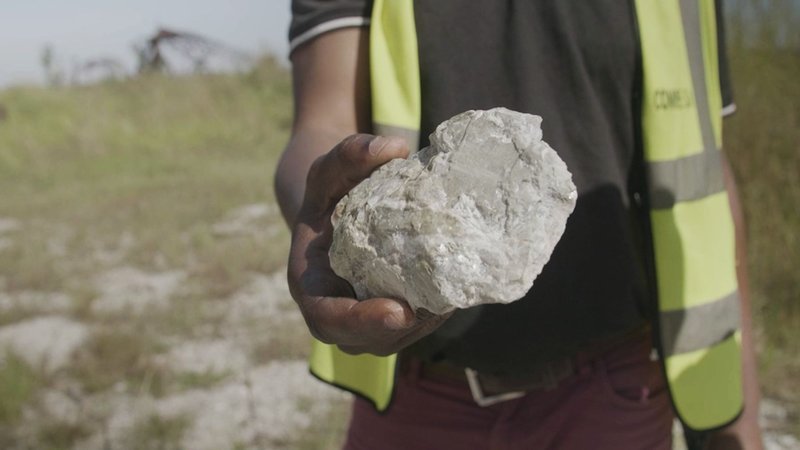
The term “conflict mineral” typically refers to minerals that come from a particular region—especially the Democratic Republic of the Congo (DRC) and surrounding areas—where mining fuels armed conflict and human rights abuses. The four most recognized conflict minerals are tin, tantalum, tungsten, and gold (3TG).
While lithium is not officially classified as a conflict mineral, concerns about ethical sourcing, environmental impact, and labor practices have raised questions about its status in the global supply chain.
1. What Defines a Conflict Mineral?
A conflict mineral is one whose mining and trade directly or indirectly fund armed groups in conflict-affected and high-risk areas (CAHRAs). The U.S. Securities and Exchange Commission (SEC) and the OECD Due Diligence Guidance define these areas primarily in Central Africa.
- Official conflict minerals: Tin (cassiterite), Tantalum (coltan), Tungsten (wolframite), and Gold
- Lithium’s status: Not officially a conflict mineral, but subject to scrutiny due to environmental and social concerns
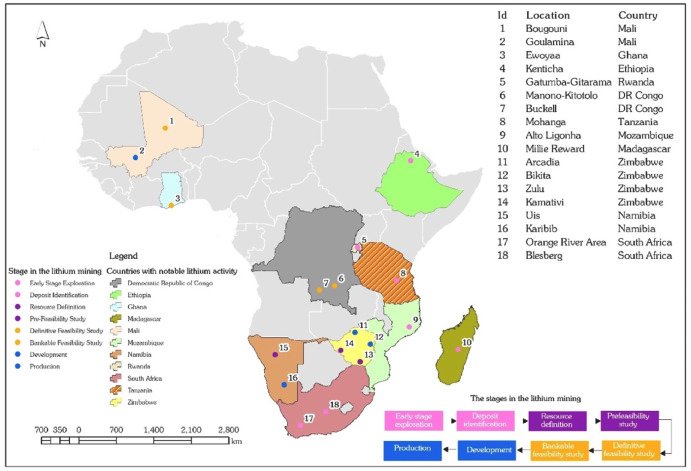
2. Where Does Lithium Come From?
Lithium is primarily sourced from:
- Australia (hard rock lithium – spodumene)
- Chile, Argentina, Bolivia (brine lithium – salt flats)
- United States, Canada, and emerging regions (clay and geothermal sources)
These countries do not currently face the same conflict-related mining issues as the DRC, which is a major source of cobalt and 3TG minerals.
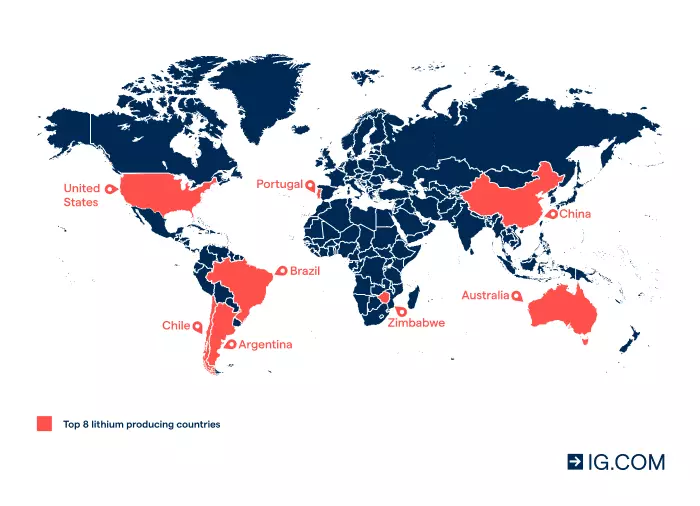
3. Ethical and Environmental Concerns Around Lithium Mining
Although lithium is not a conflict mineral, its extraction raises several ethical and sustainability concerns:
- Water depletion: Brine extraction in arid regions (like Chile’s Atacama Desert) uses large amounts of water, impacting local communities and agriculture.
- Soil and water contamination: Improper waste management can lead to pollution.
- Community displacement: In some regions, lithium mining has led to tensions with Indigenous populations.
- Labor conditions: In some developing countries, mining operations may lack proper labor protections.
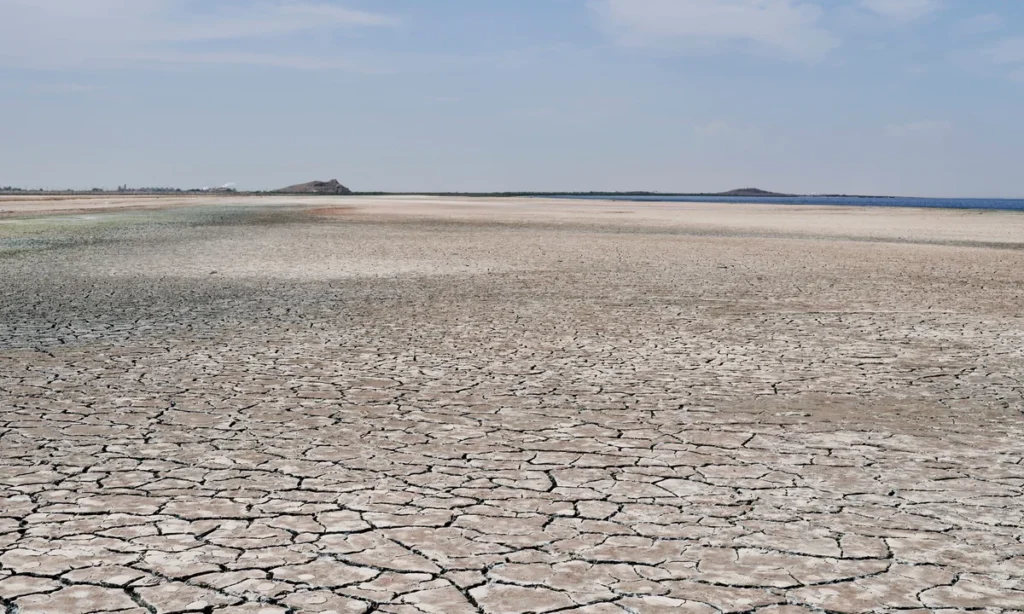
4. The Role of Due Diligence in Lithium Sourcing
To ensure responsible sourcing, companies are increasingly adopting due diligence frameworks such as:
- OECD Due Diligence for Responsible Mineral Supply Chains
- Responsible Minerals Initiative (RMI)
- Battery Passport programs tracking the origin and ethics of materials used in EVs
These initiatives help ensure that lithium and other battery materials are sourced responsibly—even if they aren’t officially conflict minerals.
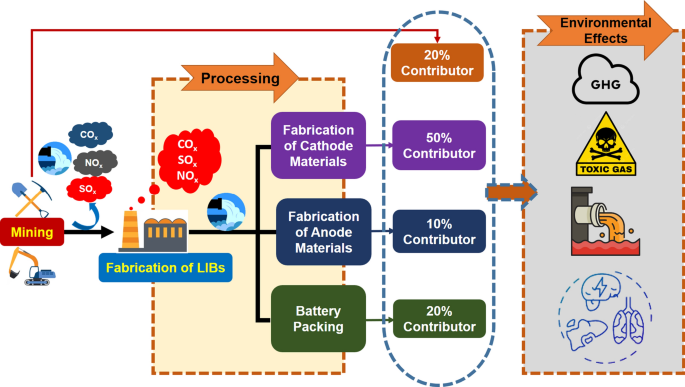
5. Future Outlook for Ethical Lithium Sourcing
As demand for lithium rises with the growth of electric vehicles and renewable energy storage, the industry is focusing on:
- Direct lithium extraction (DLE) to reduce environmental impact
- Recycling lithium from used batteries to reduce reliance on new mining
- Community engagement and fair trade lithium initiatives
These efforts aim to make lithium a truly sustainable and ethical resource.
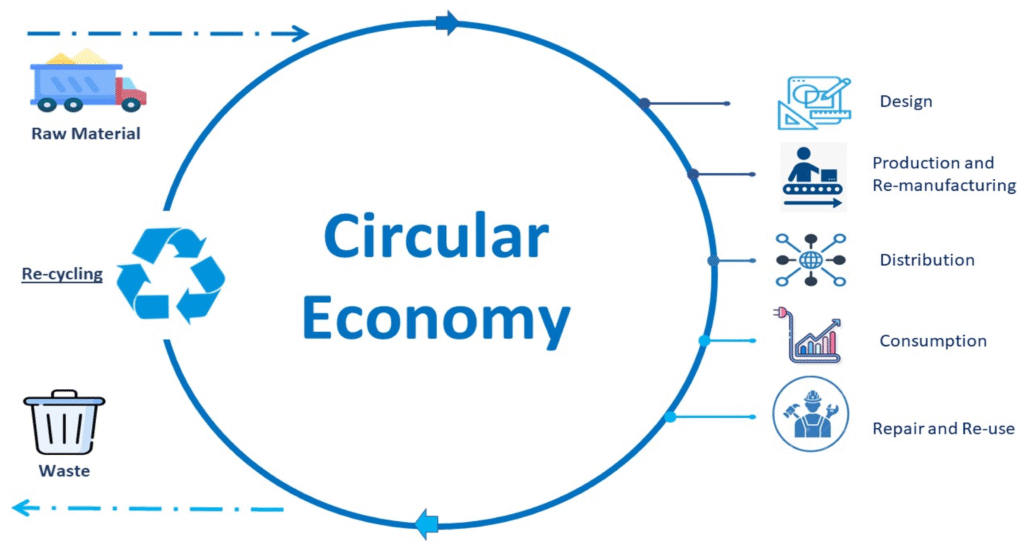
FAQs
Q1: Is lithium a conflict mineral?
A1: No, lithium is not officially classified as a conflict mineral like tin or tantalum. However, it is under scrutiny for environmental and ethical concerns.
Q2: Where are the main lithium-producing countries?
A2: Australia, Chile, Argentina, the U.S., and emerging producers like Canada and Serbia.
Q3: Can lithium mining be ethical?
A3: Yes, through sustainable extraction methods, recycling, and strong due diligence practices.
Conclusion
While lithium is not currently classified as a conflict mineral, it is increasingly subject to ethical sourcing standards due to its role in the clean energy transition. As demand grows, ensuring responsible mining practices, environmental protection, and community engagement will be key to maintaining lithium’s status as a truly sustainable resource.

